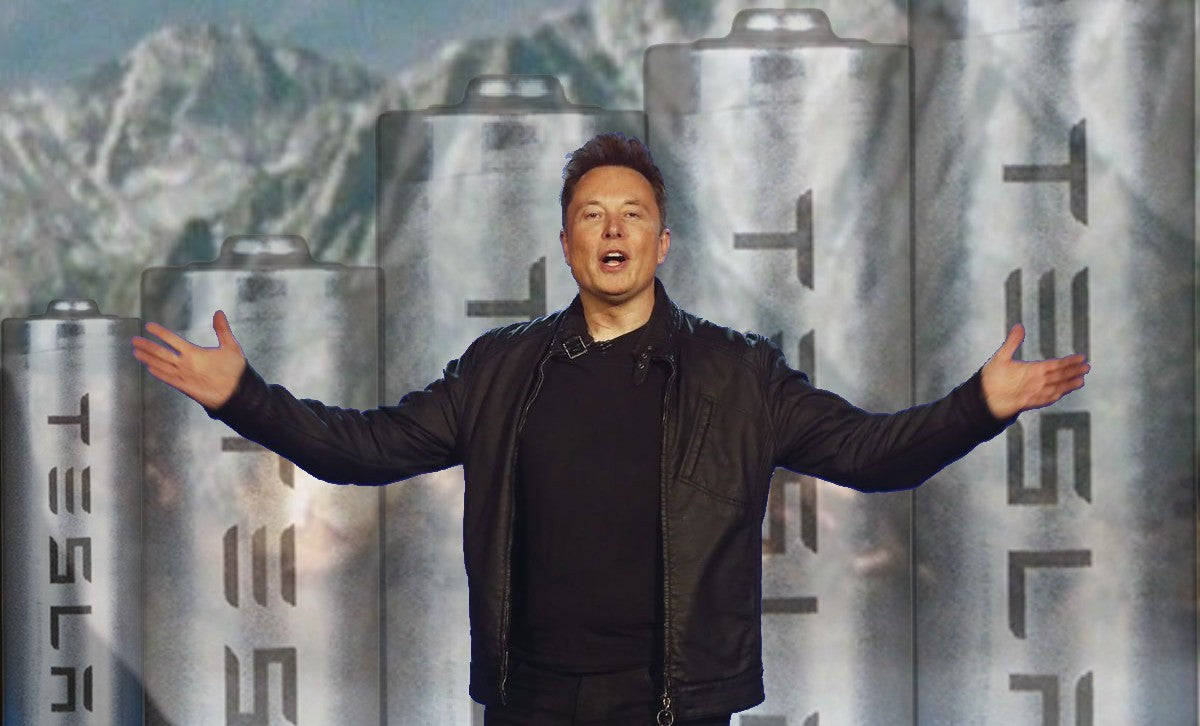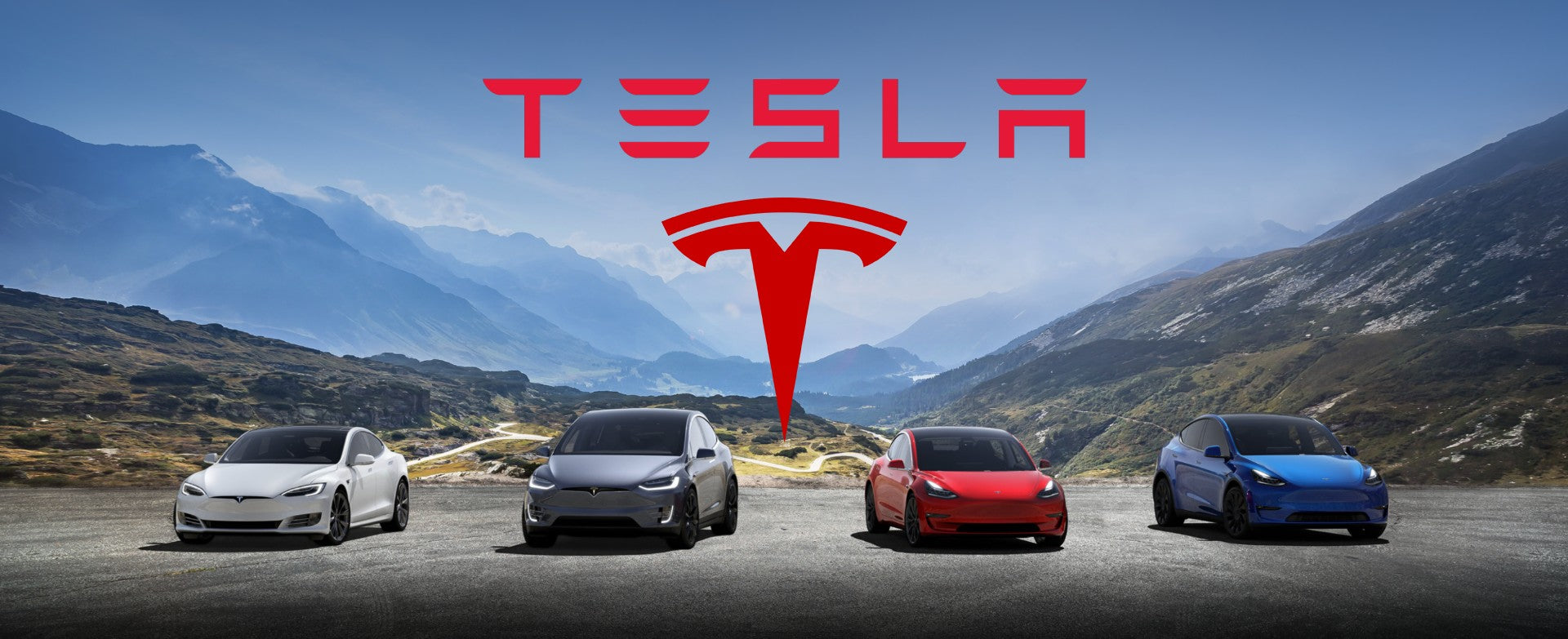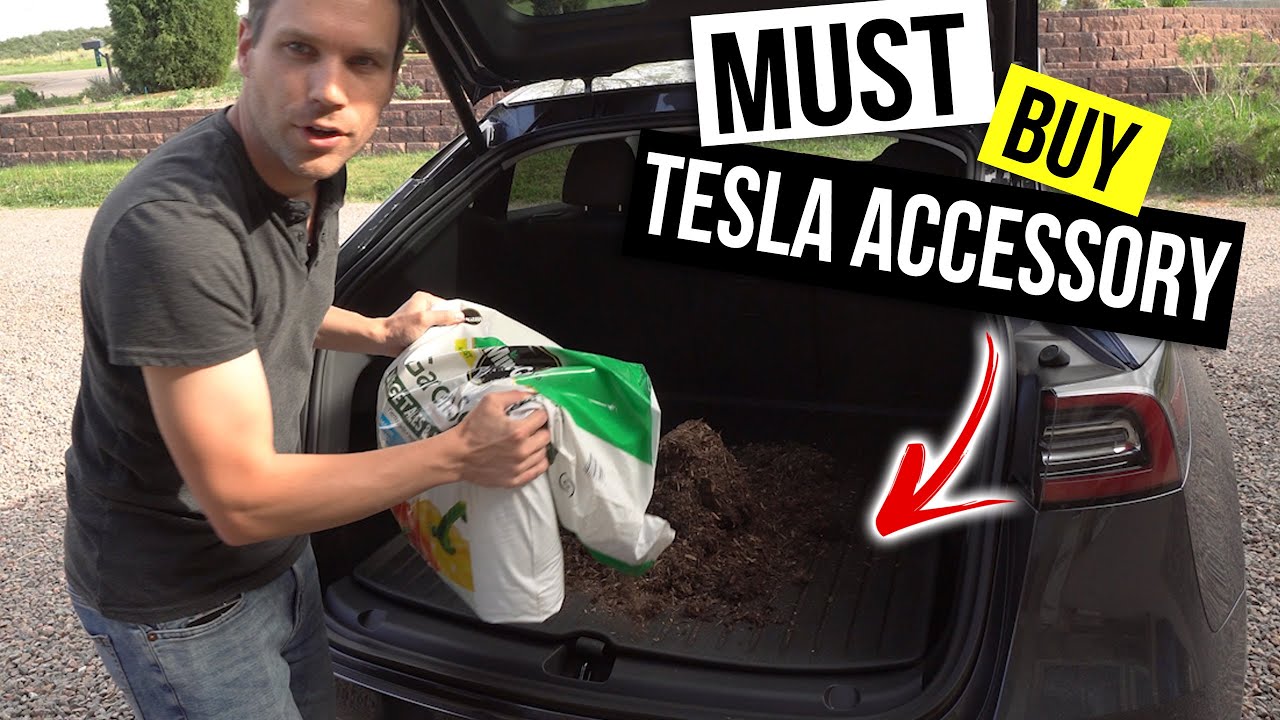Featured Image Credit: Tesmanian
Tesla Battery Day and the emergence of Tesla Energy's full potential signifies not only the upcoming triumph of the sustainable era but the end of the fossil fuel age as well. Spurred by million-mile batteries and technology such as Autobidder, companies such as Tesla can end up becoming the utility of choice for many, completely outdoing legacy solutions such as coal-fired peaker plants.
Tesla’s Battery Day may have been delayed due to the outbreak of the coronavirus. Still, it doesn’t mean that the upcoming event will not capture the attention of the electric car world. With tidbits about Battery Day and the company’s million-mile battery being dropped here and there by Tesla CEO Elon Musk and the company itself, it is starting to become more and more evident that the electric automaker is poised to emerge as a company with goals that are far more ambitious than expected.
As mentioned by Zac and Jesse of YouTube’s Now You Know channel, the pieces of information and hints that have been dropped about Battery Day form a very compelling picture. So far, many in the electric car community believe that Battery Day may be solely focused on the debut of a million-mile battery, which would allow Tesla’s vehicles to reach price parity and even outlast their gas-powered rivals. But this could just be one aspect of Battery Day. Other possibilities offered by the event are even more compelling.
It is no secret that Tesla has been busy acquiring battery companies such as Maxwell Technologies and Hibar Systems, with the former being involved in dry electrode tech and the latter being involved in battery manufacturing efficiencies. Maxwell’s technology is particularly impressive, as its dry electrode technology could open the doors for faster battery production. This can pave the way for facilities such as Gigafactory Shanghai and Gigafactory Berlin to produce terawatt-hours’ worth of batteries.
This actually goes in line with CEO Elon Musk and CFO Zachary Kirkhorn’s statements in the Q1 2020 Earnings Call, where the executives mentioned that Tesla’s next factories would likely be called “Terafactories” because they are larger. But being larger may not only refer to the physical size of the facilities themselves. Being larger may also refer to their potential battery production output, which could be increased and accelerated to a significant degree by the innovations of Maxwell Technologies.
As noted by the Now You Know hosts, these optimizations could actually make Tesla’s facilities into “Terafactories,” since they could produce TWh worth of batteries (at least theoretically) without having to increase their physical size as much. These improvements matter a lot, and they could result in several benefits for Tesla, both for the company’s electric vehicle and its energy business.
Batteries that last a million miles would be twice as useful if they could also be used for energy solutions such as Virtual Power Plants. This could be possible, thanks to the results of Tesla battery researcher Jeff Dahn’s work. In a previous presentation, Dahn has noted that next-generation batteries could open the doors to vehicle-to-grid technologies, which would allow electric cars like Teslas to be used to support the grid when needed. VPPs, if set up correctly, have the potential to become viable and preferable alternatives to gas-powered peaker plants. With numerous, powerful batteries backing them up, VPPs could be very formidable, and their advantages would be so evident that gas powered plants may be rendered obsolete.
Granted, this would require Tesla to develop more technology for its vehicles and batteries, and it would require a concrete ramp of Tesla Energy. However, the results of such a strategy could be worth it, as Tesla could end up becoming a utility provider—a company that provides power from the sun, stores energy in home batteries and electric vehicles plugged to the grid, and managed by custom software like Autobidder. Achieving this would require a lot of work on Tesla’s part, but the pieces are already there. Tesla would just have to ensure that it does not make any missteps in the near future.
About the Author
Ma. Claribelle Deveza
Longtime writer and news/book editor. Writing about Tesla allows me to contribute something good to the world, while doing something I love.








